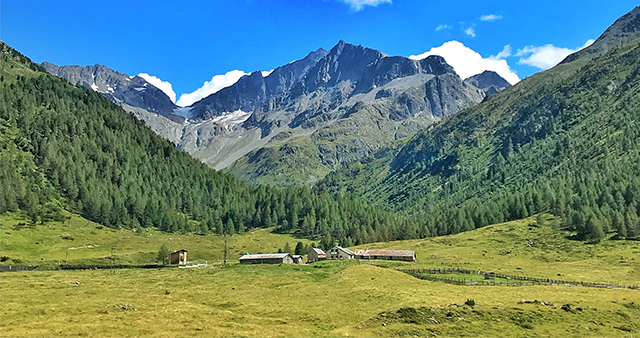HELSINKI 1952
THE AMAZING EVOLUTION OF THE OLYMPIC TORCHES DESIGN
This torch, made in only 22 exemplars, is one of the rarest and has reached incredibly high prices at various auctions of antiques. Designed by Aukusti Tuhka, the manufacture is by Kultakeskus Oy. Hämeenlinaa, it is made of silver, metal and wood and has a length of 59cm and a weight of 600 grams. On the upper metal part, the torch bears the inscriptions “XV Olympia Helsinki 1952-Helsinki Helsingfors”, the Olympic rings and a wreath. The handle is made of lacquered birch wood. The fuel used during the relay was liquid gas and the combustion time of the cartridge was of maximum 20 minutes. The fuel cartridge of the torch was easily detachable and replaceable. Because of this, the organizers produced only 22 torches and 1.600 cartridges.
Czech long-distance runner Emil Zátopek produced a brilliant display of running. He won the 5.000 m, successfully defended his 10.000 m title, then took his third gold medal in his first marathon, thus achieving a triplet that remains unique in the history of the Olympics. In 1924, Bill Havens was chosen to represent the United States in rowing. However, he declined to stay home with his wife, who was expecting their first child. Twenty-eight years later, that child competed in Helsinky. His name was Frank Havens, and he claimed gold in the 10.000 m canoeing competition. A change in the rules for equestrian competitions allowed women not only to enter, but also to compete beside men in «mixed» events. The Sovietic Union and Israel entered the Olympic Games for the first time. President Juho Paasikivi officially opened the games.





